Review written on Jan. 24, 2018 in my personal journal; now posting for reading challenge When Have You Read 2018.
Zealot: The Life and Times of Jesus of Nazareth by Reza Aslan
Non-fiction
Rating: 4 stars
Finished Reading: January 24, 2018
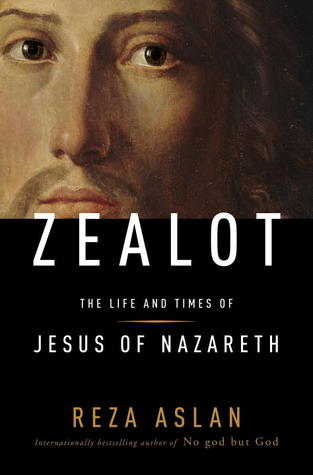
Zealot, by Reza Aslan, is the author’s quest to find the historical Jesus (as opposed to the divine). Who was Jesus really? What was his life like? What were his beliefs? What did he actually say and do? Who were the people that influenced him and that he influenced? These are questions explored in the book.
Aslan was born in Iran into a secular Muslim family, but attended an evangelical Christian camp as an impressionable adolescent, where he embraced Jesus as his savior wholeheartedly. With age, he became less zealous and more circumspect about religion in general. The author’s note on the back flap of the book says that he is “an internationally acclaimed writer and scholar of religions.” He has written about Islam and about God in the modern world.
I would attend Bible Study if a book like this was used. In fact, I went to many passages in my Bible that he quoted in Zealot, in order to see the wording and context.
Jesus of Nazareth in fact did exist. Was he born through immaculate conception? No. (But then, I’ve never believed this anyway.) Did he literally rise from the dead? Probably not. (I don’t believe this either.) So why is he the center of one of the largest faiths in the world?
It’s important to understand that, with our modern obsession about history and facts, “history” as we see it today was an unknown concept in Biblical times. History wasn’t about facts, but rather about revealing truths. People were less interested in what actually happened than in what it meant. This is why it is folly to take the Bible literally, word for word, as the “Word of God.”
Israel at that time was ruled by despotic and often cruel leaders of the Roman empire. Jerusalem was the holy city of the Jews, centered around the holy Temple. The Temple had several courtyards, into which were admitted increasingly select groups of people. Only the high priests could enter the very heart of the Temple. The priests were often allies of the Roman emperors under whom they served, and they also were exclusive, rich, powerful, and not particularly interested in the poor, except the taxes they could get from them. Under these conditions, it was no wonder that the Jewish people were fervently hoping and waiting for the true Messiah.
In the Old Testament, there are several criteria laid out which would point to the real messiah. Jesus of Nazareth did not meet any of these criteria – in the end, instead of becoming the ruler “on the throne of David,” he was executed through crucifixion without having achieved any change in the power structure of Jerusalem. Moreover, Jesus was only one of many such “messiahs” that preached throughout the countryside.
Jesus came from the small village of Nazareth, an insignificant hamlet of poor farmers unworthy of even a dot on the maps of the day. He was a peasant, most likely illiterate like most people then. The idea that he was born in Bethlehem is most likely untrue, which is explained in the narrative. Historical records indicate that he had several brothers and probably some sisters (although females were unworthy of mention and not counted in the census). One of his younger brothers was James, who becomes his principle disciple and after Jesus’ death takes leadership of his movement. A close examination of the gospels by religious scholars have led to discussions and disputes as to which passages are more likely true and which are more likely made up. The gospel of Luke seems to be the most fantastical of the four gospels. John was written quite a bit later and takes bits from the other gospels and from the teachings of Paul. We are thus left with Mark and Matthew to decipher the truth.
A close examination of the gospels by religious scholars have led to discussions and disputes as to which passages are more likely true and which are more likely made up. The gospel of Luke seems to be the most fantastical of the four gospels. John was written quite a bit later and takes bits from the other gospels and from the teachings of Paul. We are thus left with Mark and Matthew to decipher the truth.
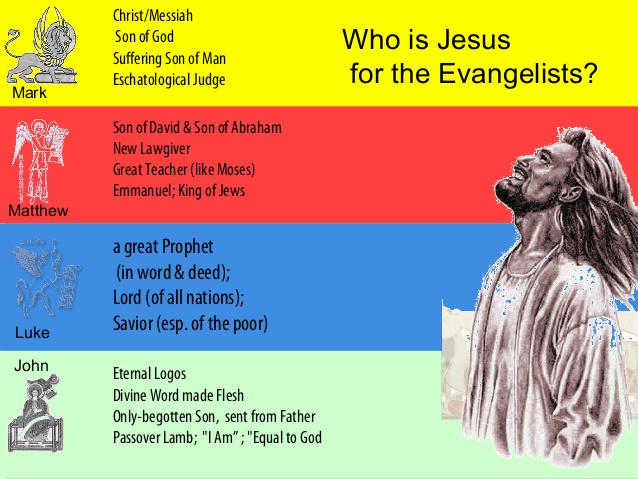
John the Baptist led his own movement, and Jesus most likely was a member of that movement. The Bible says that he was baptized by John the Baptist. When he died, various of his disciples went out to preach on their own. In fact, there were many men who claimed themselves to be the messiah. Most were executed and forgotten. Jesus was not.
The “miracles” he performed were probably his most famous and convincing acts. Most of the men who could perform miracles (such as healing the sick) charged for their services; only Jesus did this for free. That attracted many to approach him. The author does not say whether Jesus performed actual “miracles.” I was interested in knowing what exactly he did to heal people, but there are no historical records other than what is written in the gospels and by other religious writers of that time.
The prophecies of the Old Testament (i.e. those that were written down) and oral prophecies were scattered and caused confusion, which is why the New Testament gospel writers invented a narrative that fit with the messiah prophecies that were known to them. It was sort of like a couple of old Jews studying the Talmud, arguing about this point or that – they can go on for hours. They find it a worthy exercise. Perhaps the faithful of those times did something similar.
In fact, the author points out, OT prophets such as Micah, Amos and others were in fact making veiled criticisms of their current king and political order in their narratives, such as wishful thinking about what a good leader should be. But on one thing they all agreed: THE MESSIAH WOULD BE A HUMAN BEING, NOT DIVINE.
The transformation of Jesus from a mere man to a divine being, the literal Son of God largely came from Paul, a Diaspora Jew who spoke Greek. He preached to both Jews and gentiles and invented his own narrative to exalt Jesus as the promised messiah. For the people in the Jesus movement in Jerusalem, calling Jesus the “Son of God” was bestowing a regal title; but for Paul, it was a literal description: Jesus was God’s son. This transformation did not come easily or without conflict. The Jerusalem Jews who were Jesus’ followers found out about Paul’s revisionist teachings and they were considered so bizarre that James called him to Jerusalem to perform a ritual in the Temple recanting his false teachings. Paul apparently did undergo this ritual to appease James, but it was already too late.
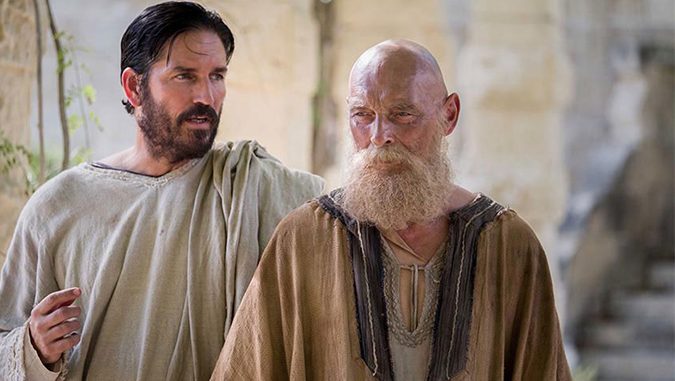
Photo from the movie Paul, Apostle of Christ
The discord between the two groups [the remnants of the Twelve vs. the Greek-speaking Jews] resulted in the emergence of two distinct and competing camps of Christian interpretation in the decades after the crucifixion: one championed by Jesus’ brother, James; the other promoted by the former Pharisee, Paul. …it would be the contest between these two bitter and openly hostile adversaries, more than anything else, would shape Christianity as the global religion we know today. (p. 171)
When Jesus was crucified, over his head was placed a sign which read “bandit.” All of those crucified had an identifying plaque such as this, to indicate their crime under Roman law as a deterrent to others. “Bandit” didn’t have the connotation it does today. It signified “revolutionary” or “zealot.” Jesus was not the meek and mild personage some portray. Although he was not a believer in violence per se, he realized its necessity in some cases to rid society of despots.
His condemnation and crucifixion apparently happened shortly after he entered the Temple and famously overturned the tables of the money lenders. These people were essentially salesmen, vendors who had been situating themselves and their wares inside the outer courtyard of the Temple for ages. It was not illegal nor violated Jewish law.

Jesus Removing the Moneylenders From the Temple by James Edwin McConnell
Jesus’ anger and outrageous act in doing this brought him to the attention of Pontius Pilate, the Roman ruler in Jerusalem at that time. Pilate was not conflicted about condemning Jesus as the Bible would have us believe. He had Jesus brought in front of him to answer the question, “Are you the king of the Jews?” but Jesus’ answer didn’t really matter. He was summarily dismissed and sent to be crucified.
To piece together a truly historical narrative of Jesus of Nazareth, scholars today use passages from the Bible, especially those that recur among different writers, and the historical details of society at that time. This is what Zealot attempts to do. I learned a lot from this book but by no means were all my questions answered. Historical facts about Jesus are sketchy and thus we are left with questions. Perhaps the answers to those questions can only be answered through our faith.

All images downloaded from Google Images, except book cover, which was downloaded from Goodreads.com.





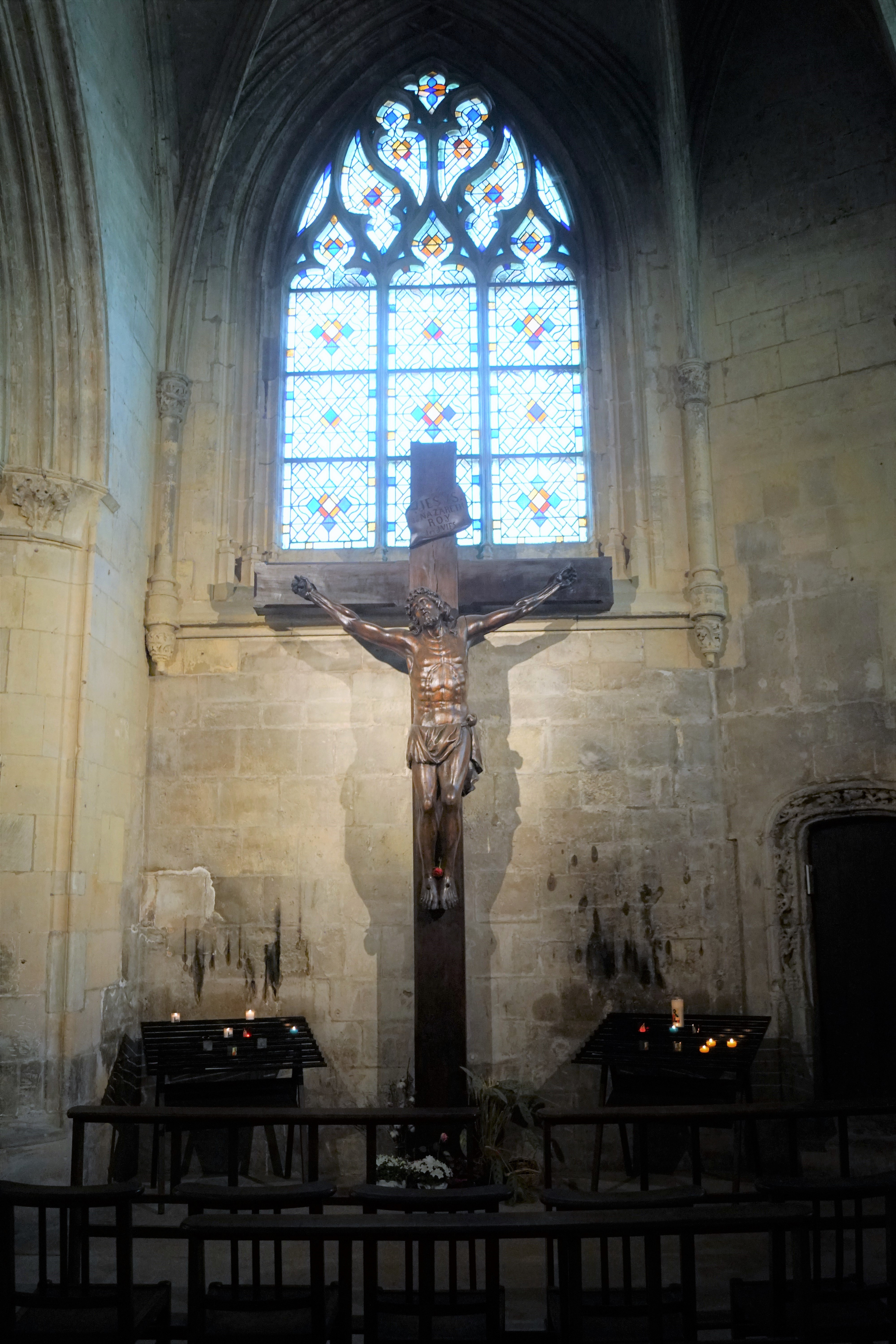


 I’m not even sure that he was born in Bethlehem, although I did go to the Church of the Nativity in Bethlehem last January and was just as excited as anyone to see the place where he was supposedly born. In my opinion, Jesus was just a baby, born like any other baby and probably “worshipped” only by his parents and other family members. But it doesn’t matter – the Christmas story is symbolic and it is the spirit of the holiday that counts. As well as all the traditions having nothing to do with the birth of Jesus, such as Christmas trees, decorations, snow, etc. I enjoy giving gifts and also receiving them and I enjoy singing carols and spreading the love of the season to others. Love, family, friends – that is what Christmas is all about.
I’m not even sure that he was born in Bethlehem, although I did go to the Church of the Nativity in Bethlehem last January and was just as excited as anyone to see the place where he was supposedly born. In my opinion, Jesus was just a baby, born like any other baby and probably “worshipped” only by his parents and other family members. But it doesn’t matter – the Christmas story is symbolic and it is the spirit of the holiday that counts. As well as all the traditions having nothing to do with the birth of Jesus, such as Christmas trees, decorations, snow, etc. I enjoy giving gifts and also receiving them and I enjoy singing carols and spreading the love of the season to others. Love, family, friends – that is what Christmas is all about.



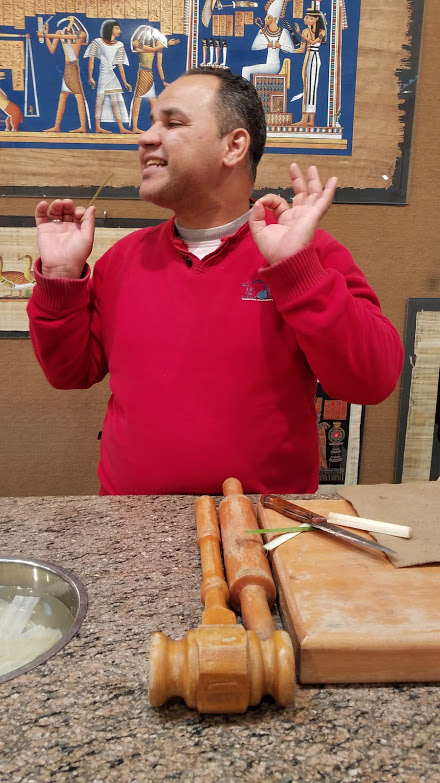

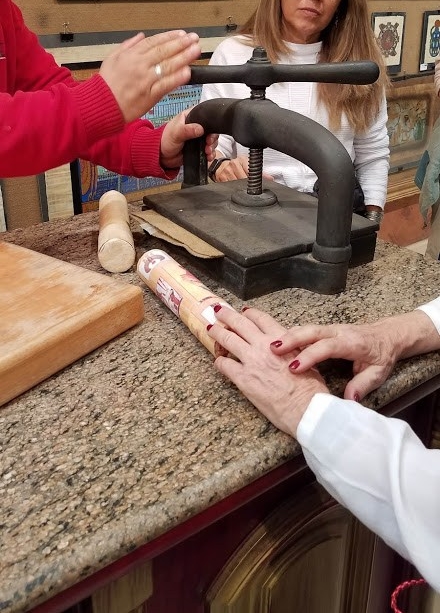
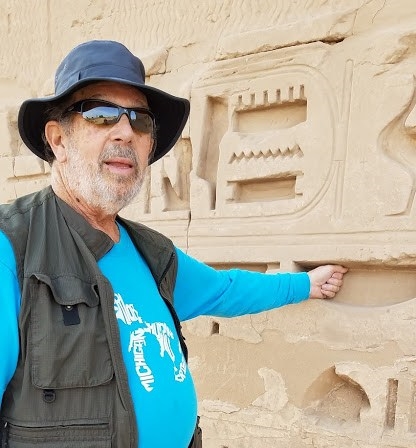



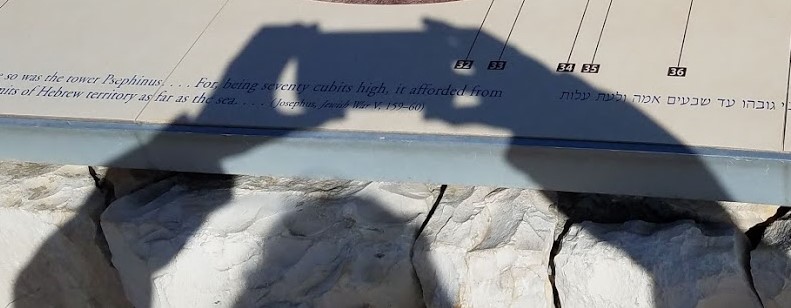
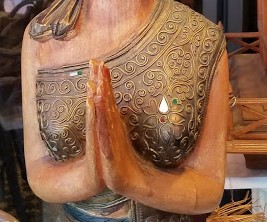
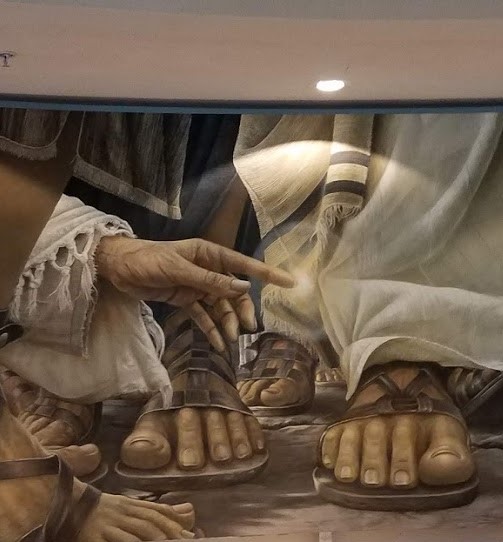
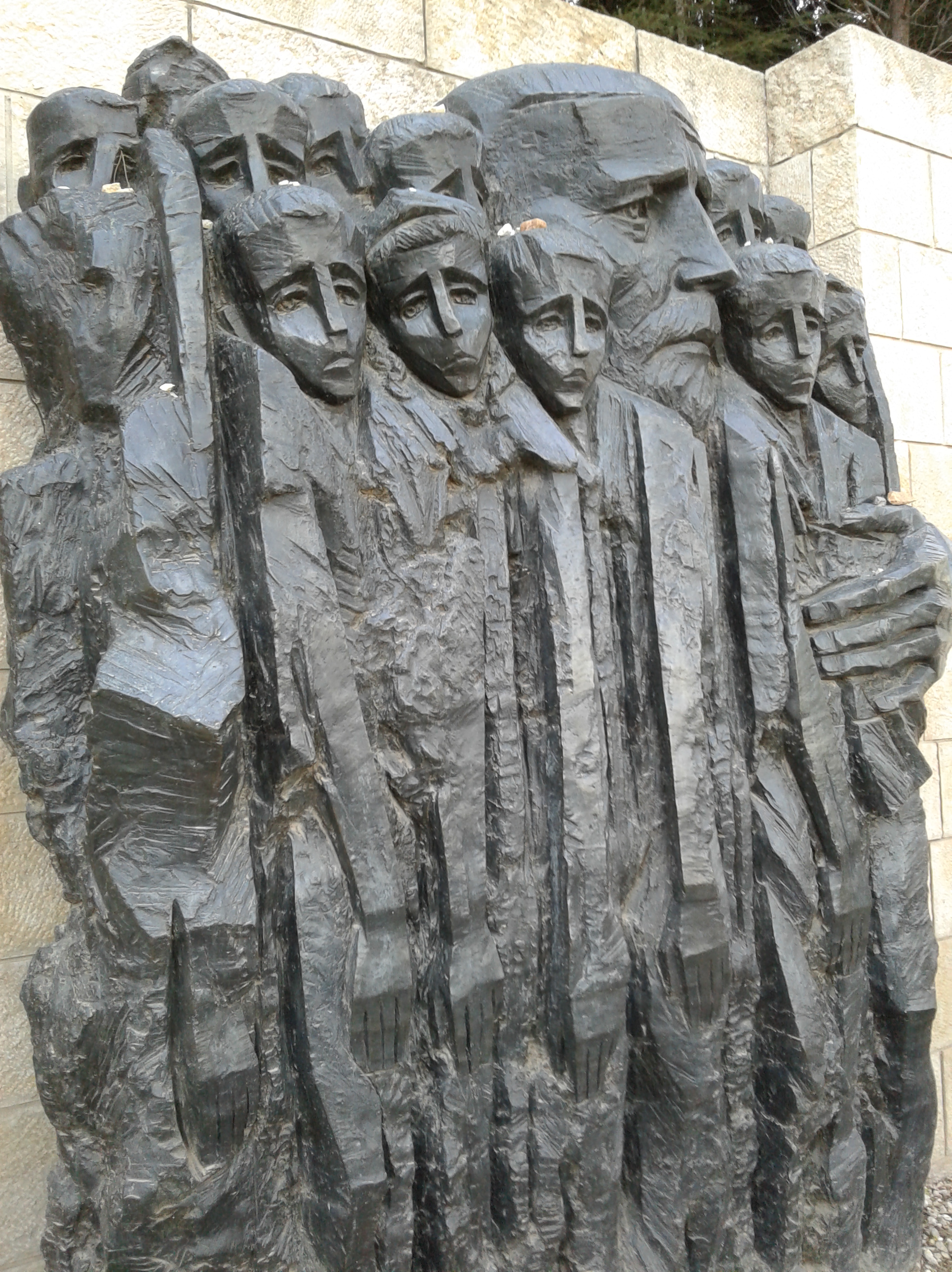

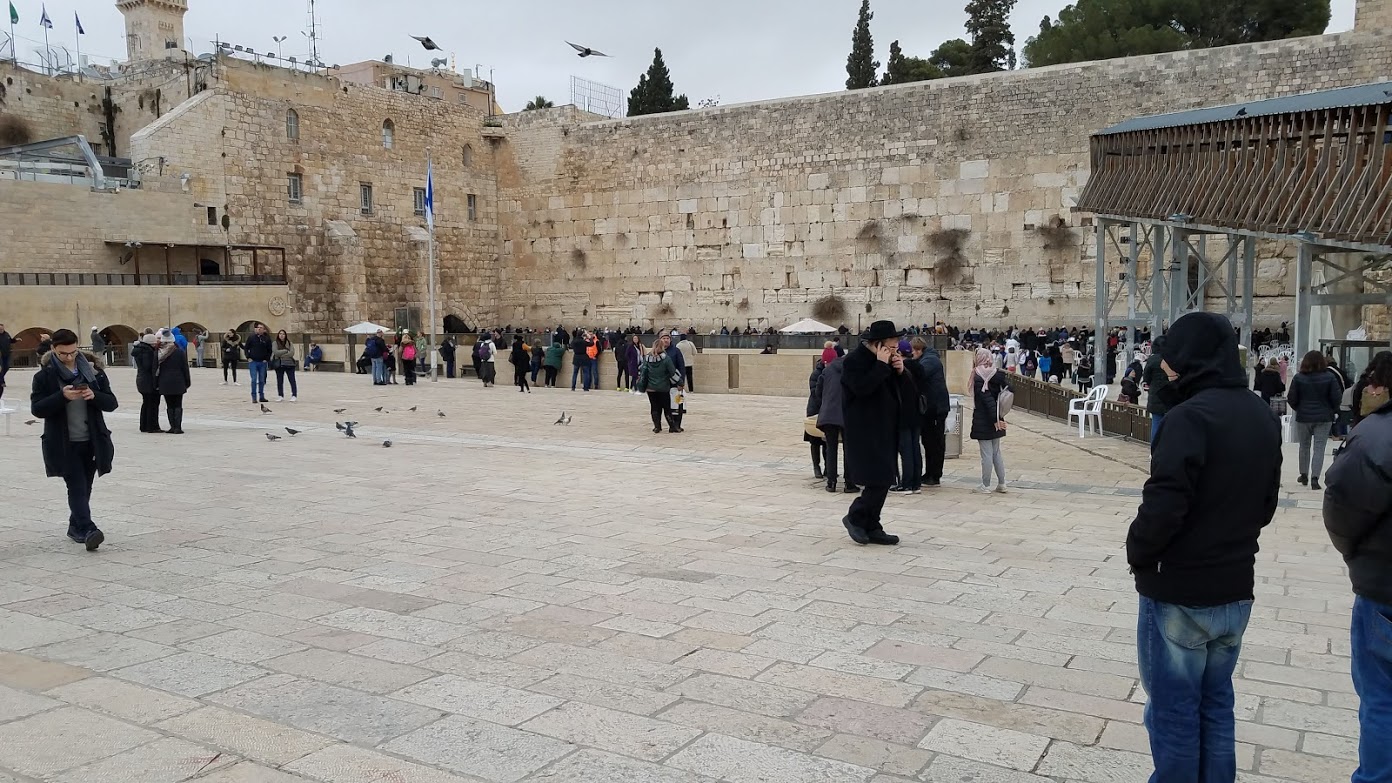


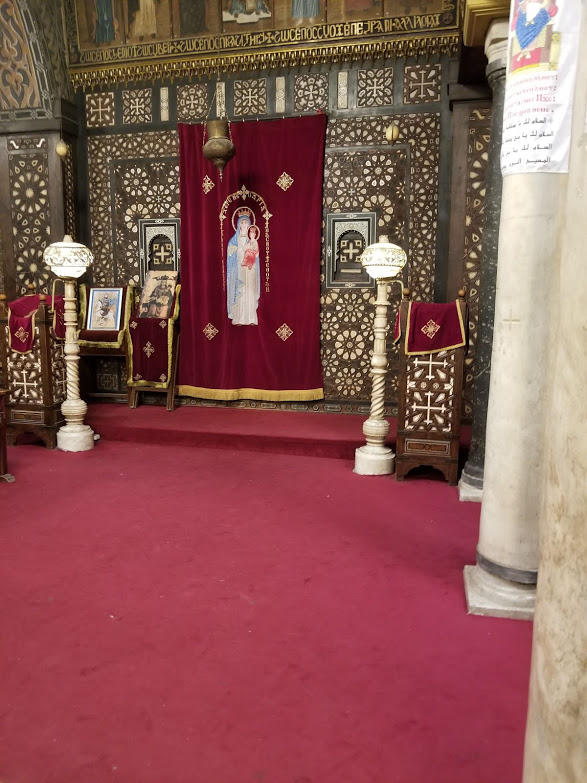



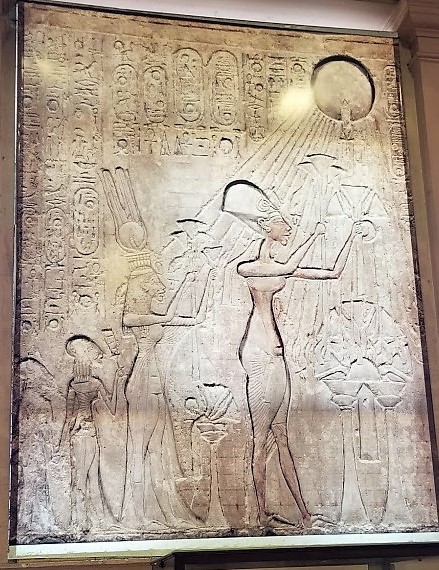
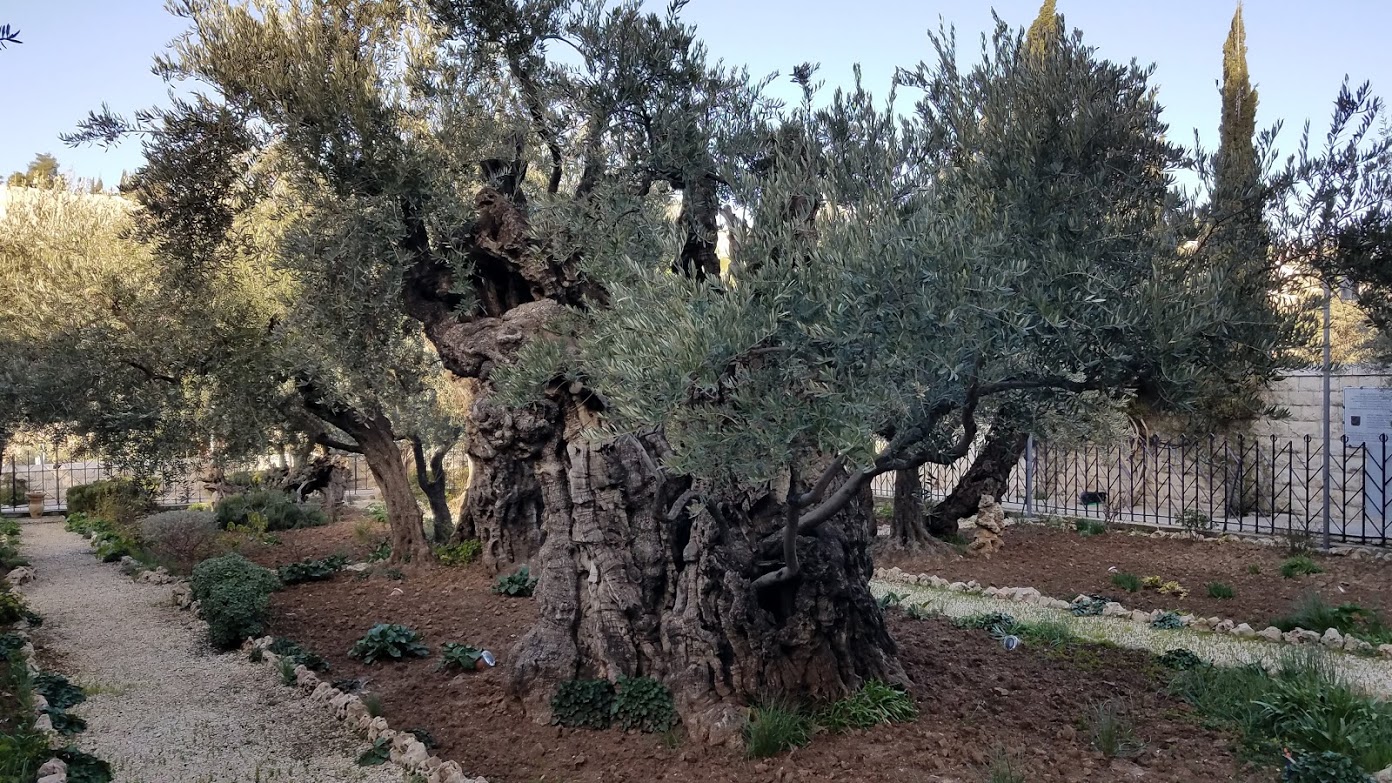 The church was built in 1919-1920, using funds from many nations, which is how it got its name. Officially, it is called Basilica of the Agony.
The church was built in 1919-1920, using funds from many nations, which is how it got its name. Officially, it is called Basilica of the Agony.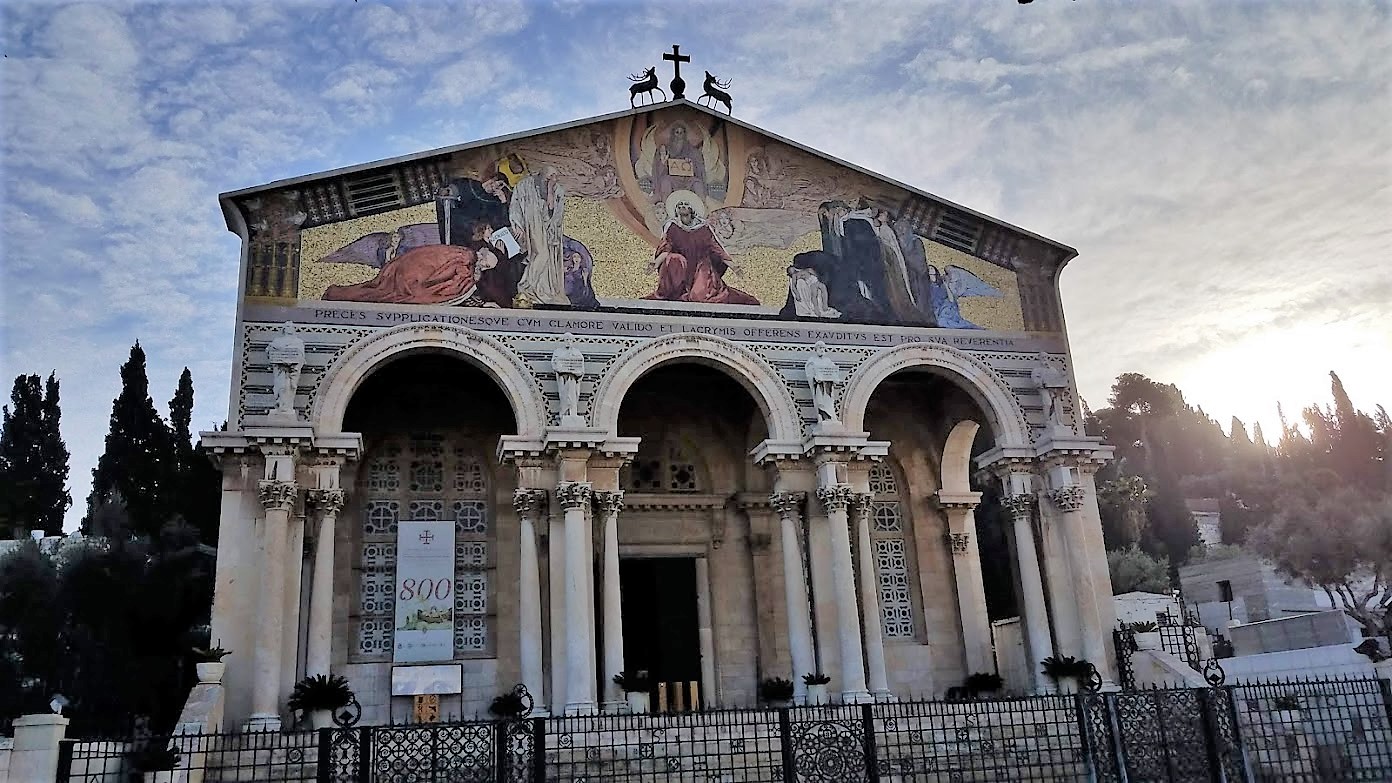



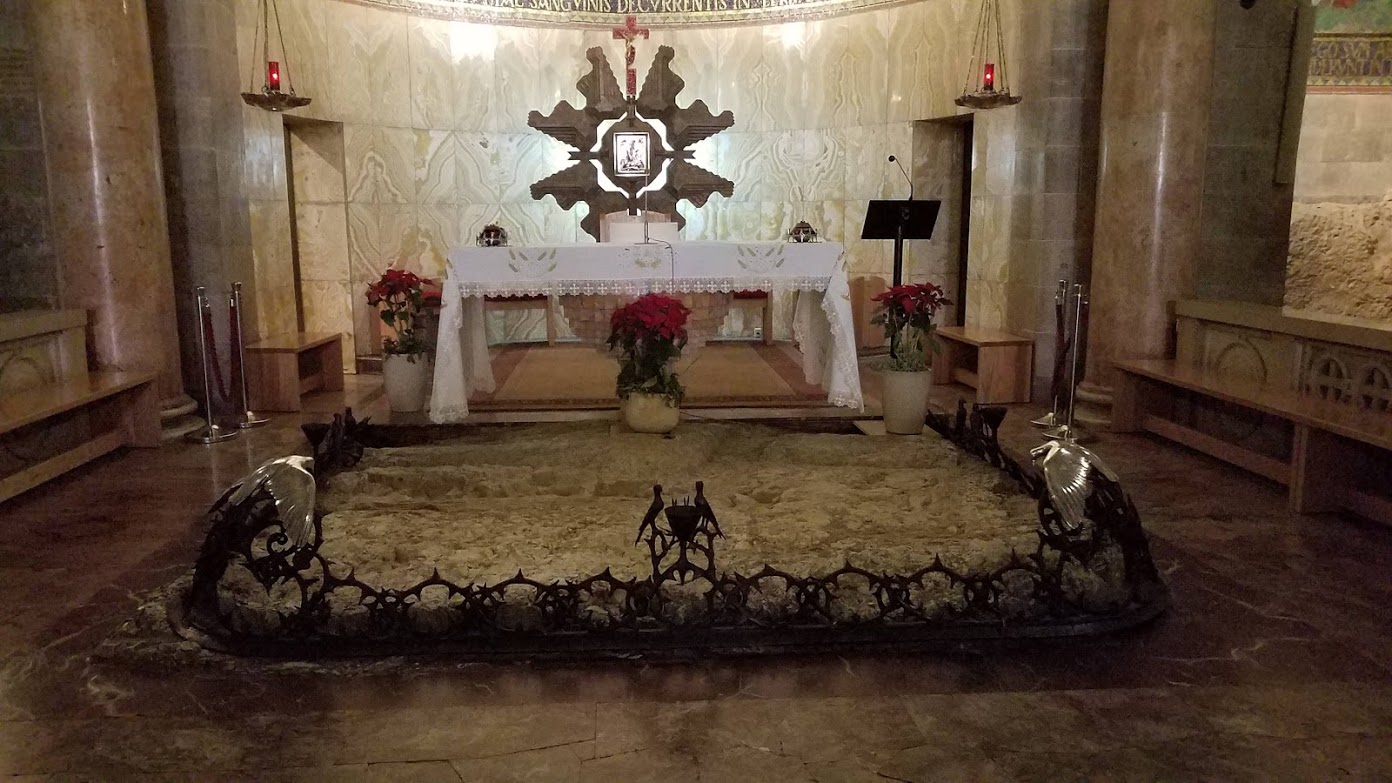



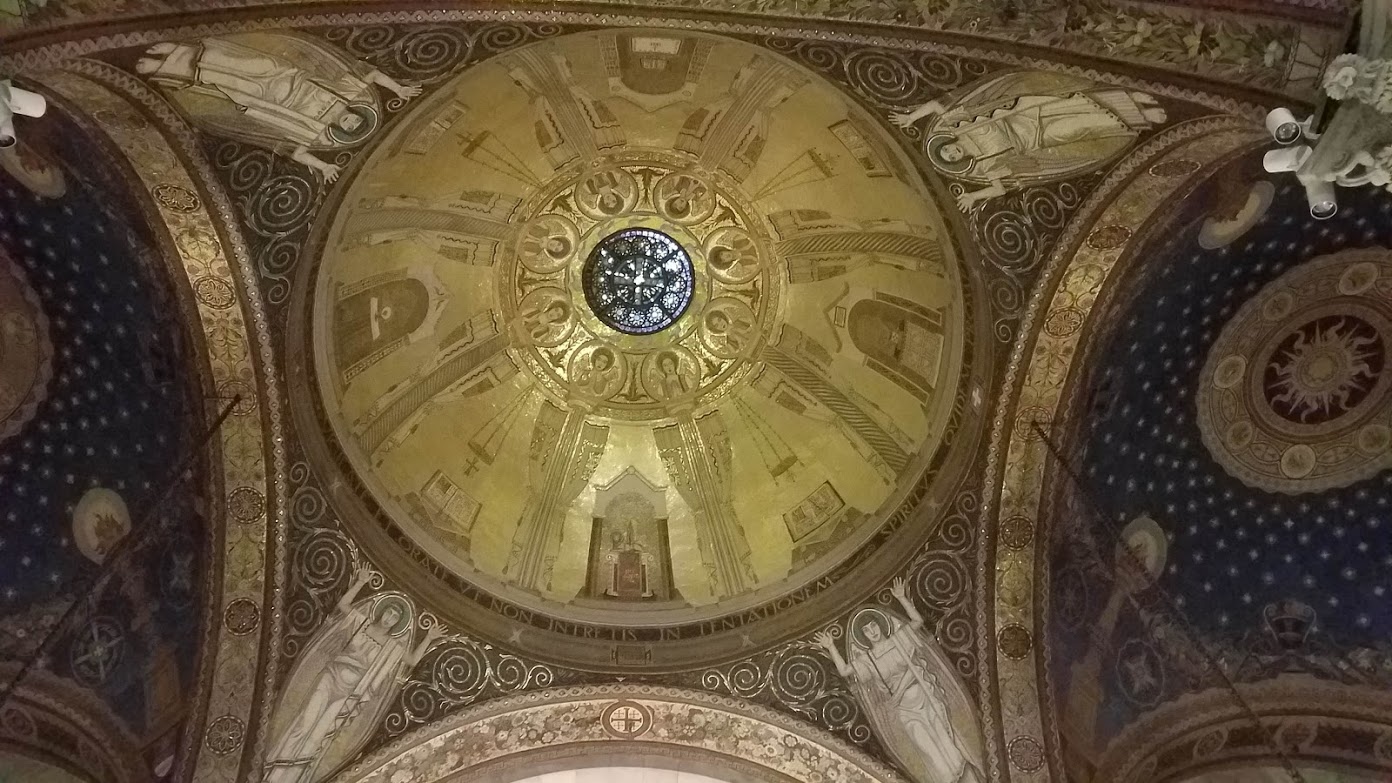



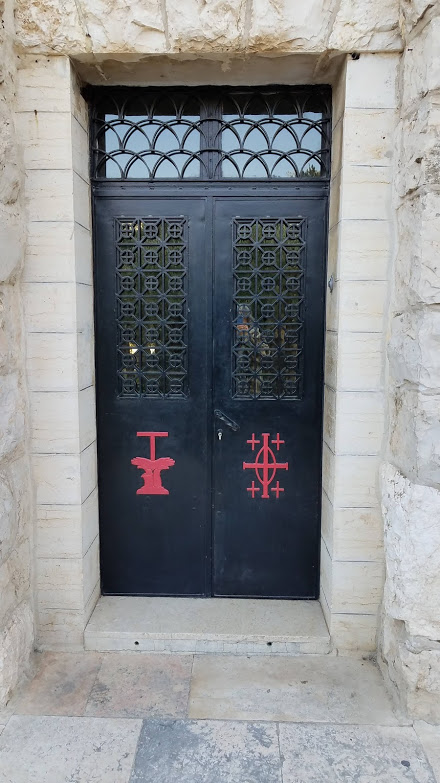

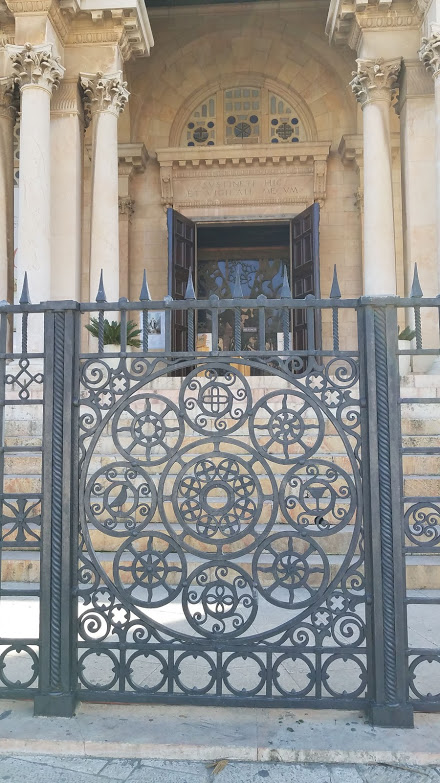

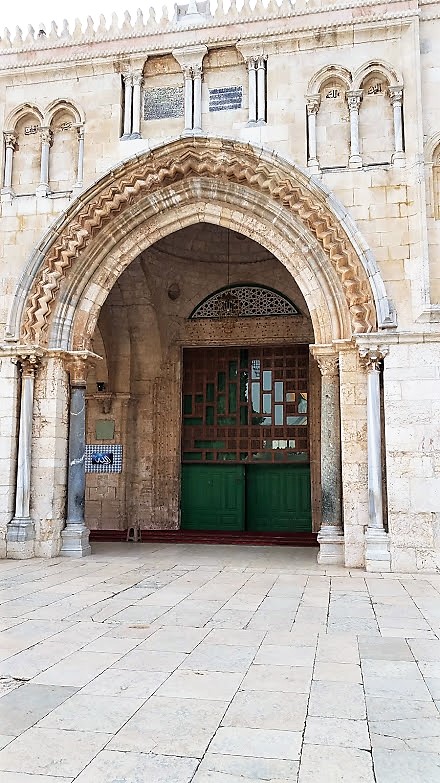
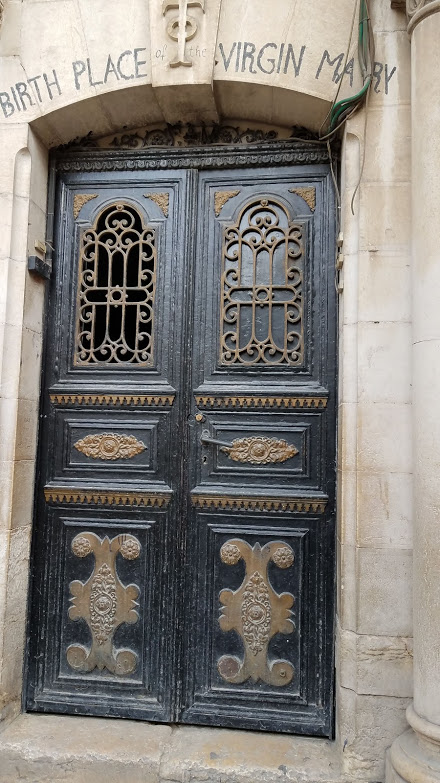
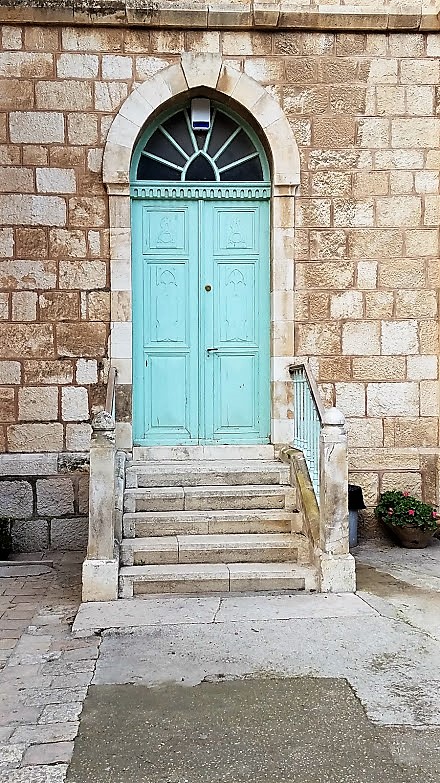
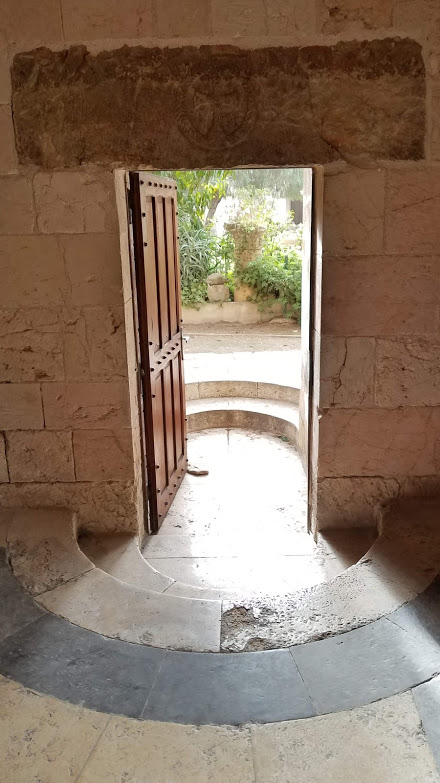

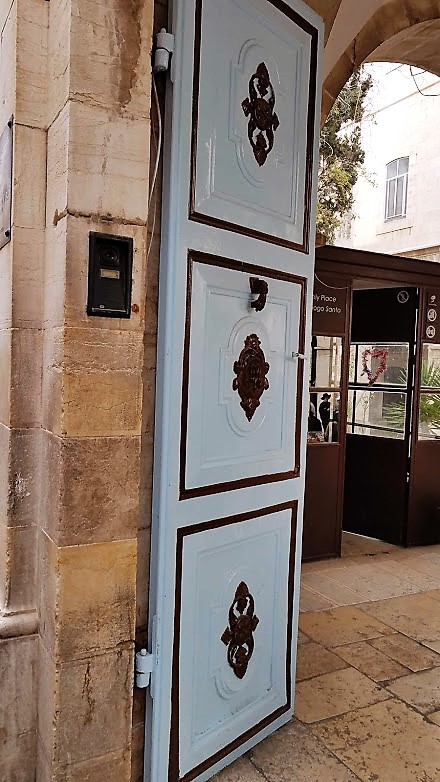

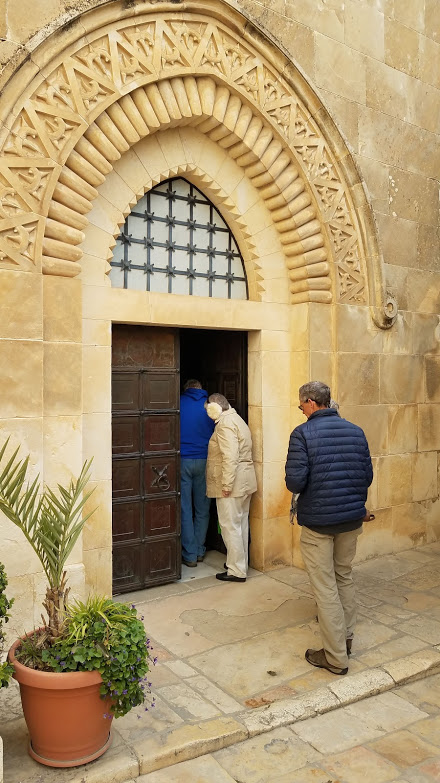


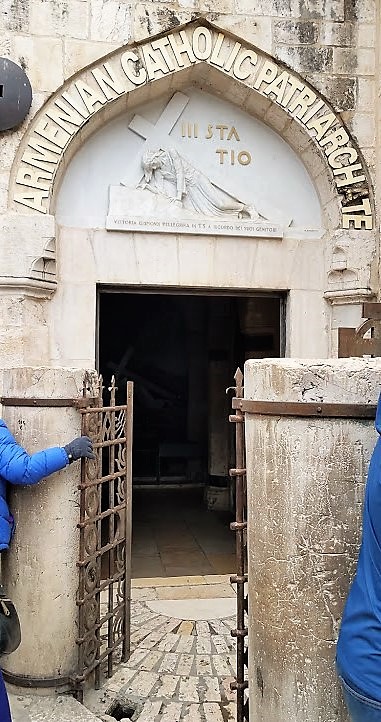
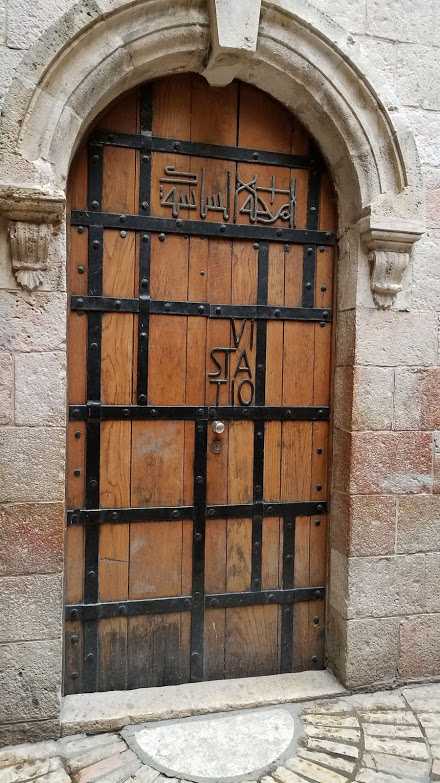
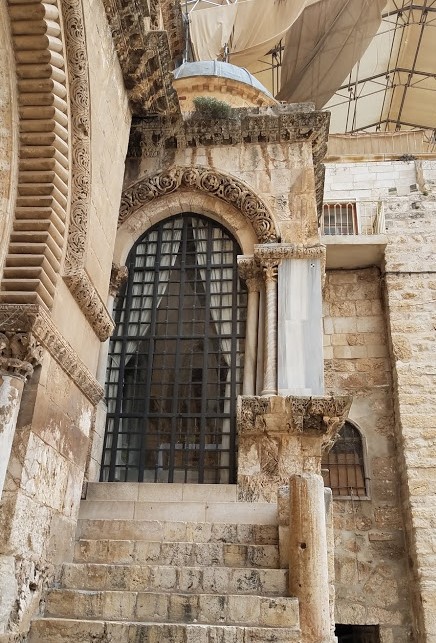
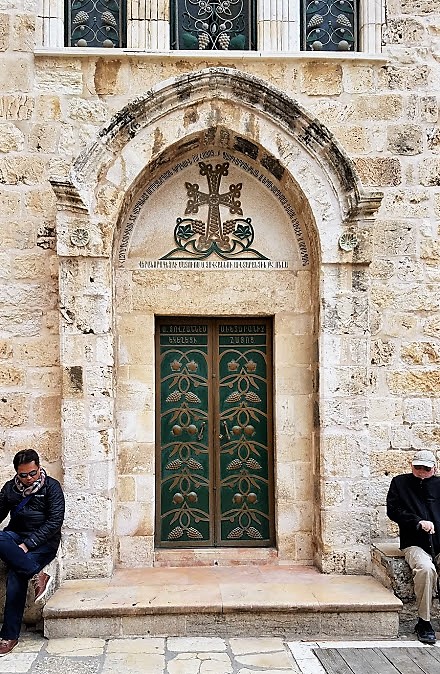
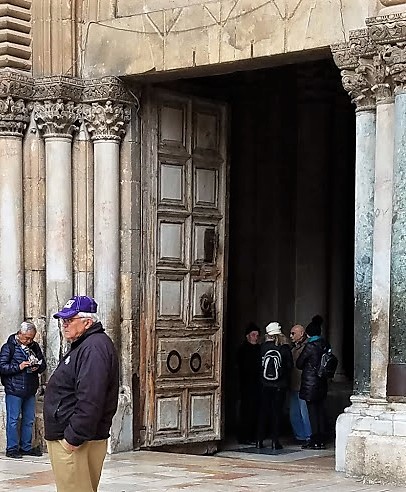
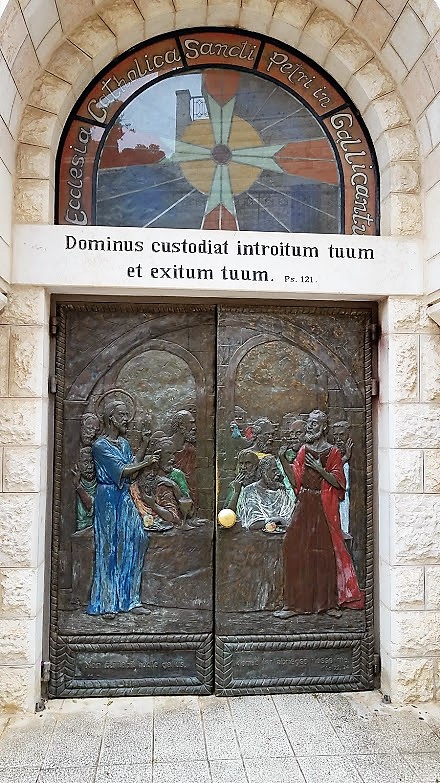
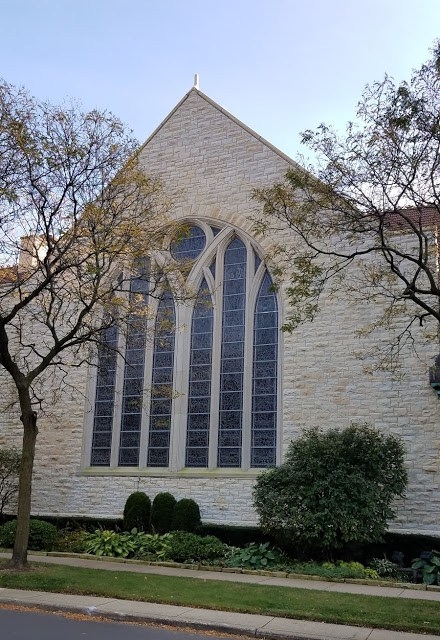
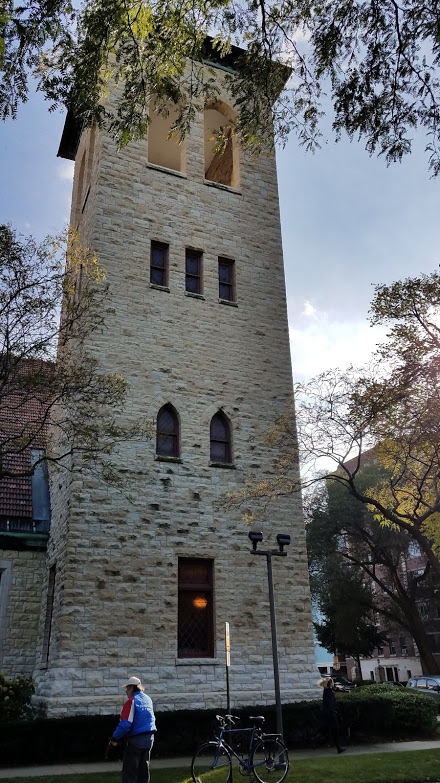
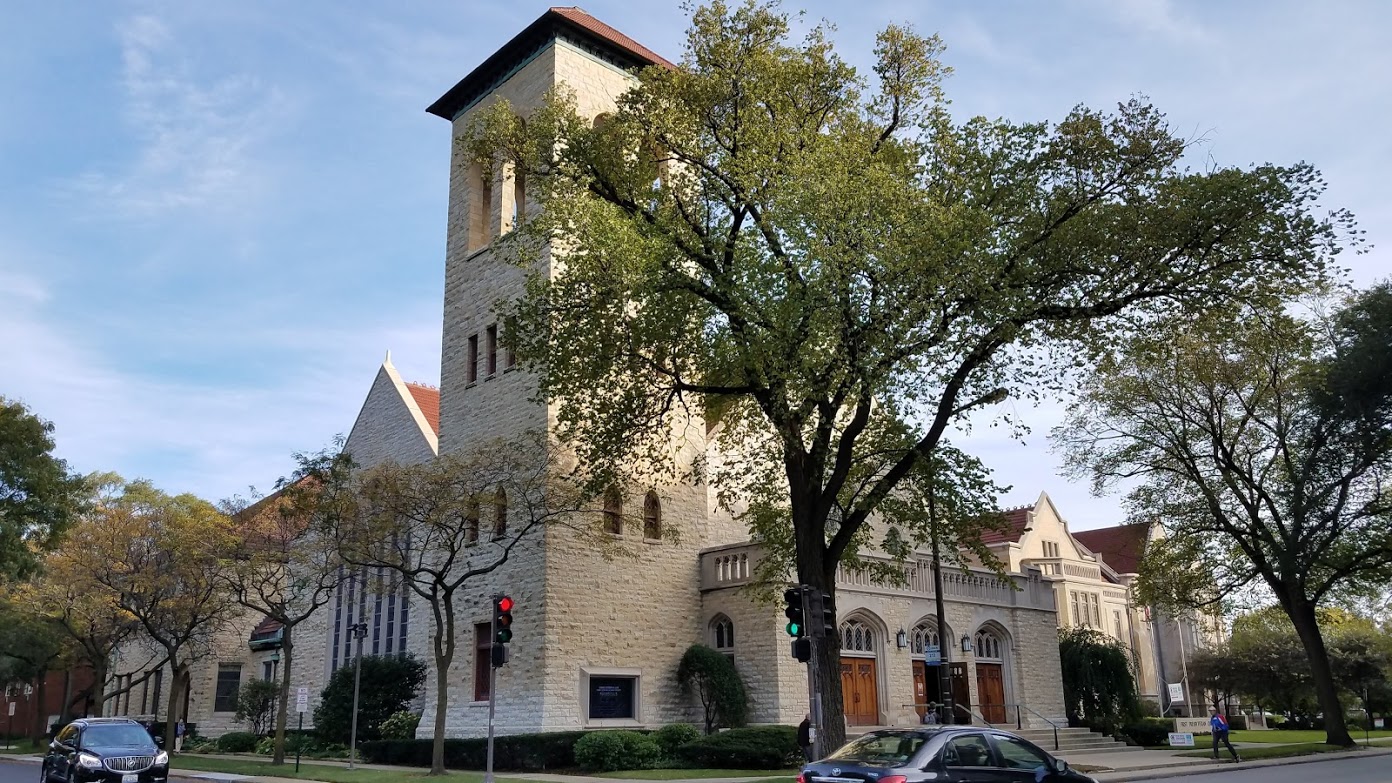
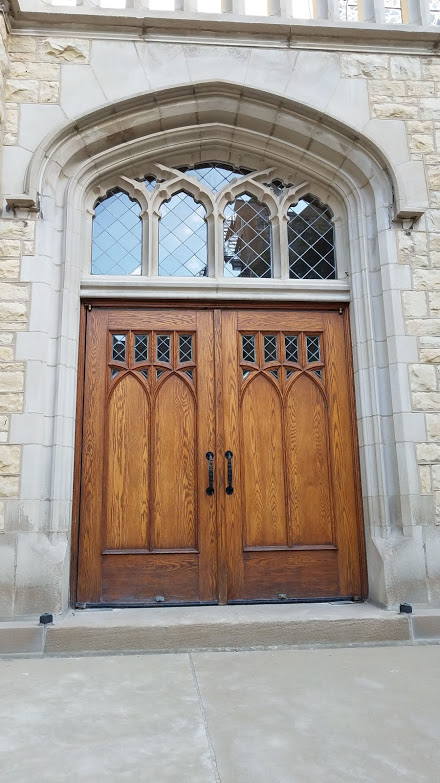




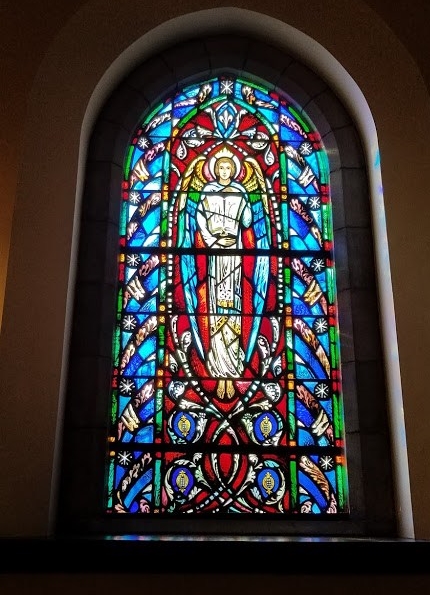
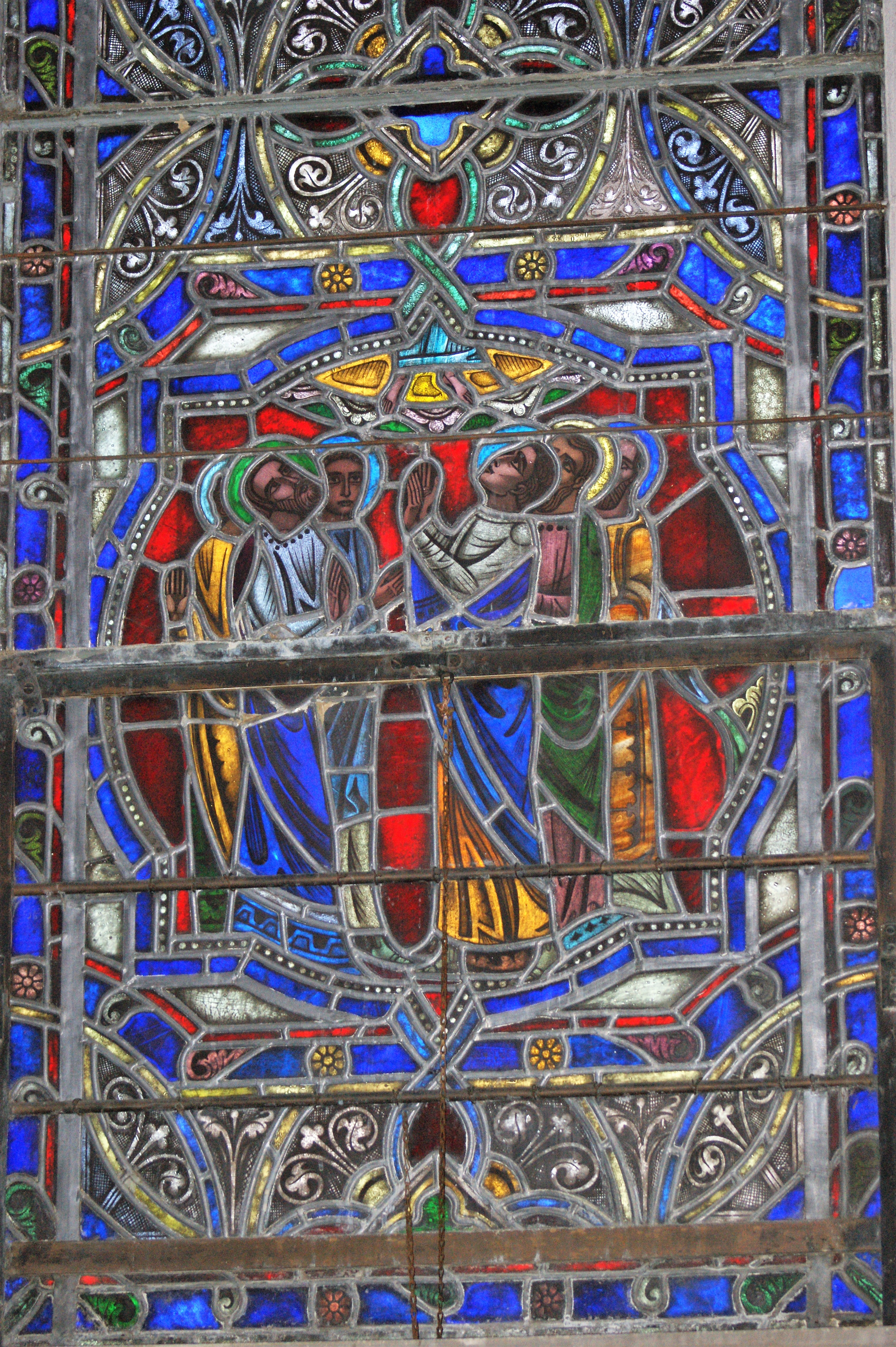





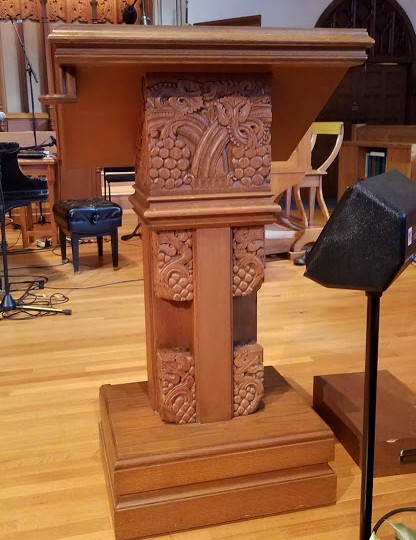
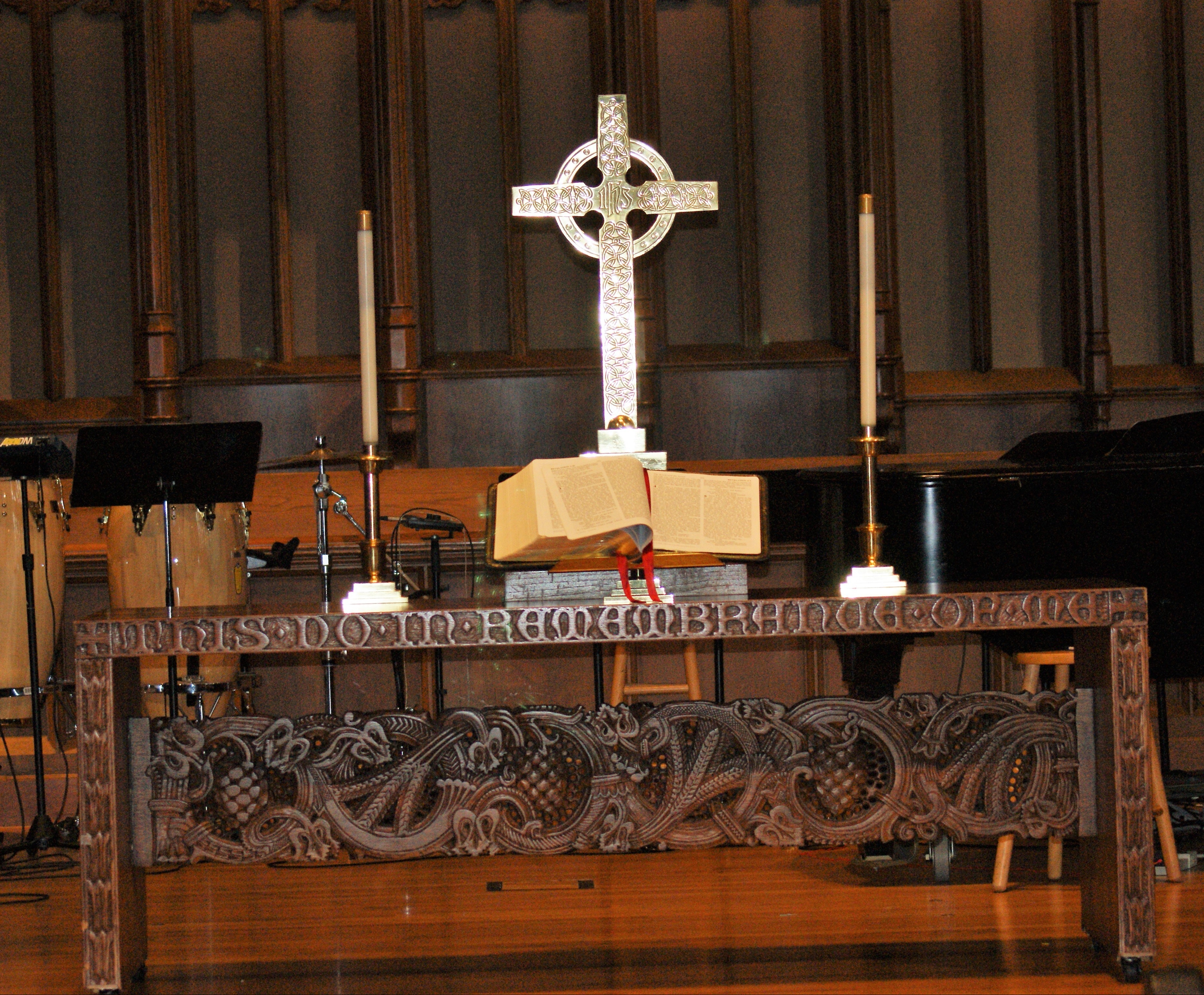


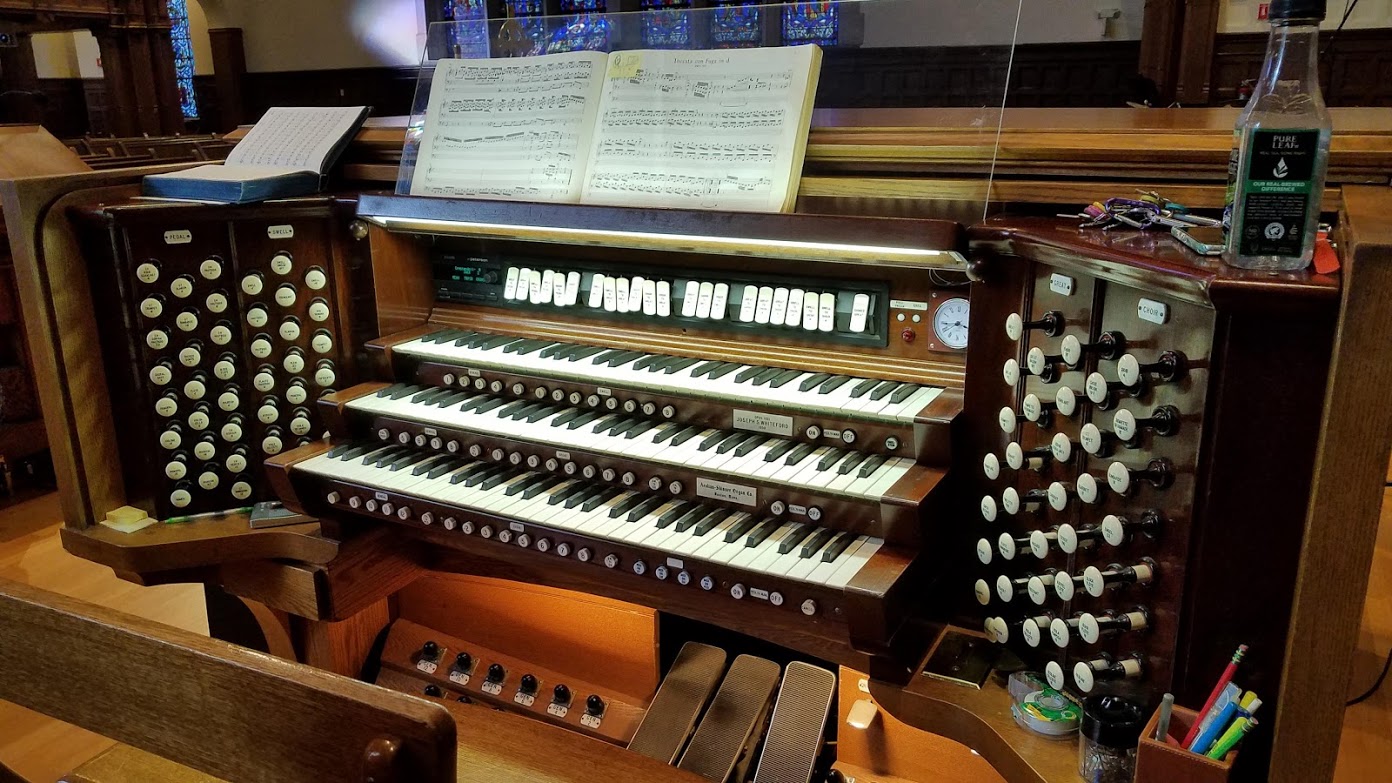

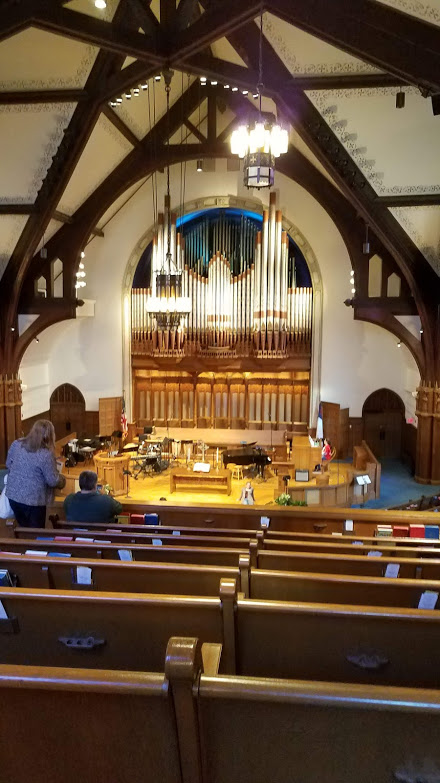


 A close examination of the gospels by religious scholars have led to discussions and disputes as to which passages are more likely true and which are more likely made up. The gospel of Luke seems to be the most fantastical of the four gospels. John was written quite a bit later and takes bits from the other gospels and from the teachings of Paul. We are thus left with Mark and Matthew to decipher the truth.
A close examination of the gospels by religious scholars have led to discussions and disputes as to which passages are more likely true and which are more likely made up. The gospel of Luke seems to be the most fantastical of the four gospels. John was written quite a bit later and takes bits from the other gospels and from the teachings of Paul. We are thus left with Mark and Matthew to decipher the truth.



